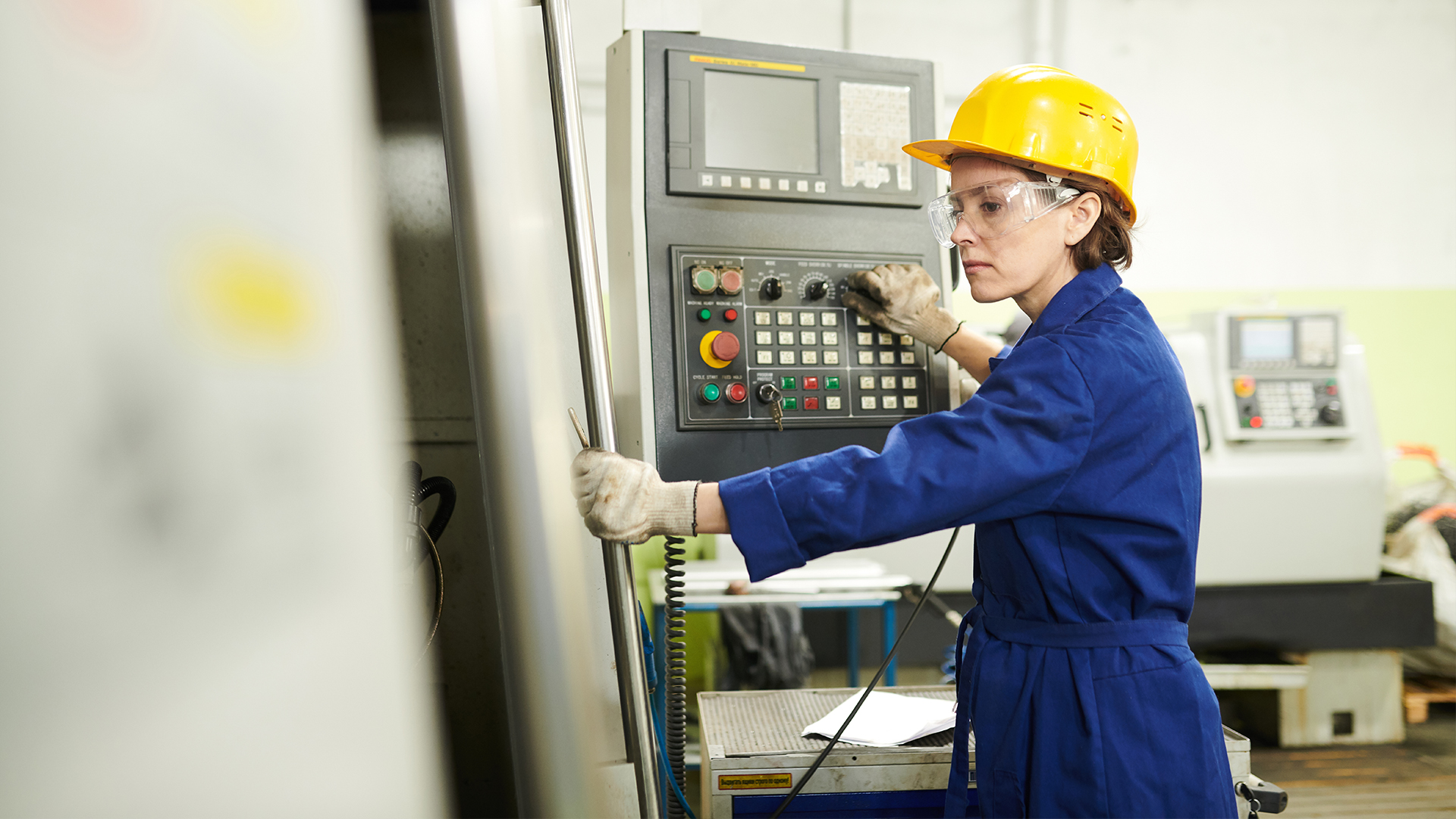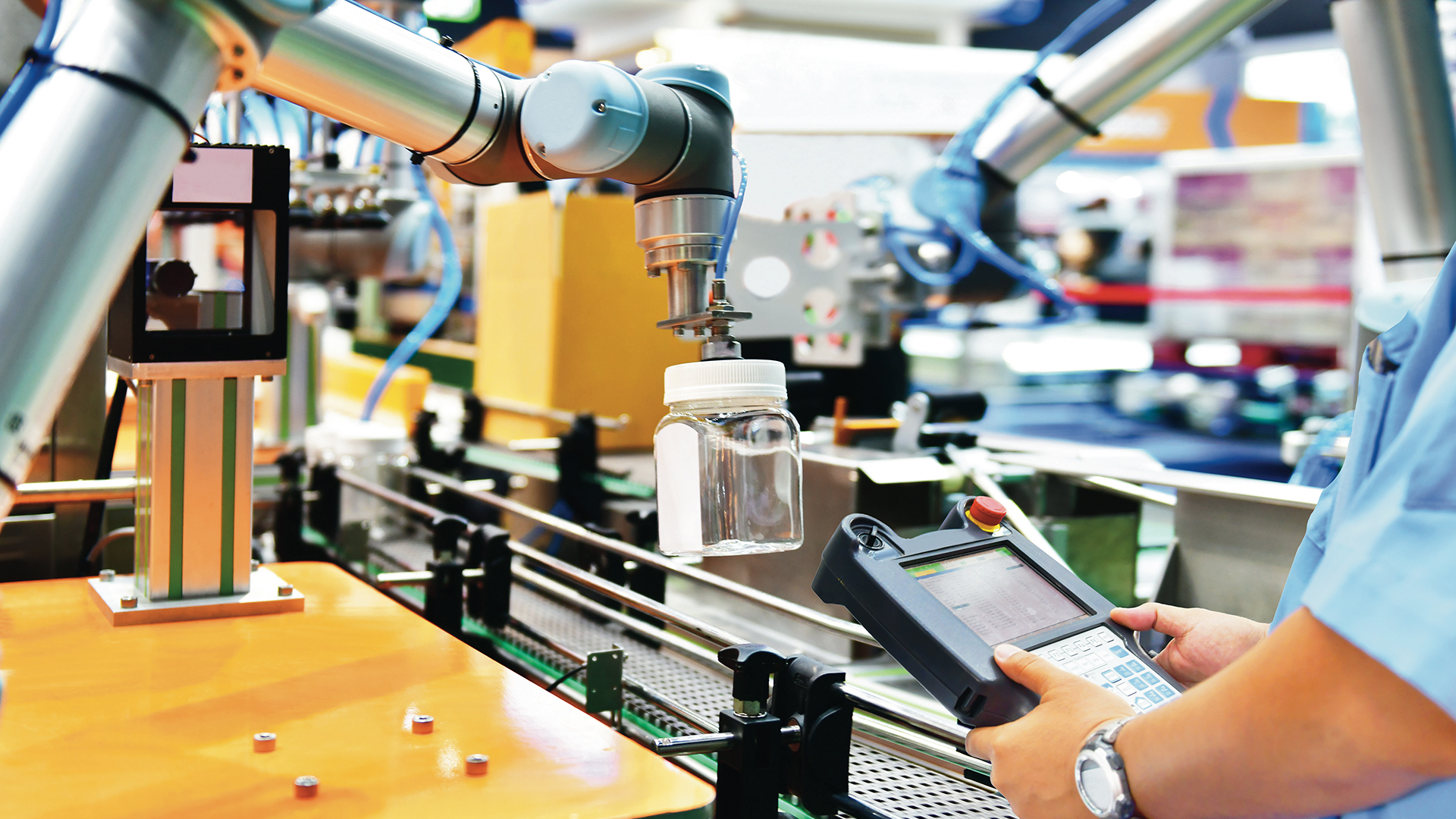Looking at internal and external machine factors
It’s a question we ask all the time when production miraculously improves or declines. There can be so many causes that influence equipment and production performance, from simple raw material characteristics to operator skills and capabilities.
Getting to the root cause after the event proves problematic when we’re not physically observing the issues in-person or not having good data to analyse.
More often it is open to opinions and interpretations of data to determine conclusions and corrective actions, only to have a repeat of the events at a later date and frustrate us further.
Exploring external influences

Some of the simple tools we have applied over the years attempting to identify root causes have included the tracking of raw materials and batch numbers, to identify variations that may be affecting a process or individual operator capabilities to highlight training needs.
These and many other factors focus upon the equipment external influencers that can vary the process stability and quality. Environmental conditions may also be affecting machine performance, temperature, humidity, ph, vibration, air pressures etcetera . These are usually quite simple to monitor and overlay process trends to identify what is having an influence on efficiencies and trigger appropriate adjustments.
Identifying internal influences

More detailed internal analysis of machine settings and adjustments to these settings, has been very useful for training operators and machine builders (OEM’s). Where possible, recording the changes to machine settings can be quickly validated as to whether these improve or decrease efficiencies.
We come across many cases of operators having their own ‘book of settings’ with machine parameters that they prefer to use and is not always shared. It is a behaviour we regularly witness, that increases variation and inconsistency in both products quality and output volume.
Banishing the myths

To dispel any myths held within these ‘settings books’, machine settings can be recorded digitally and retained to validate what the optimum settings are based on what is defined as good performance.
Further adjustments to settings can also be tracked to validate the effectiveness of the adjustments. We are not beating up operators here, but we know some do like to mess with settings just because they can.
OEM’s are learning from this data we are recording and sharing, to understand what is occurring with their equipment in the field. Identifying how the equipment is actually being used may not reflect how it was originally designed to be used. In a Servitization environment this knowledge is critical to OEM’s to ensure there service level (SLA’s) are being maintained.
Supporting production volume and engineers’ sanity
As a direct result of the data analysed, improvements to the design of machine adjustment functions has reduced the level of adjustments available to the operator as these have now been proven to not affect the product being produced. Many engineers will appreciate how machine settings can be adjusted to such an extent by operators that it may no longer actually resemble the machine they know.
Keeping these adjustments to a minimum and allowing the operator to focus on what they can influence has proven beneficial to both the production volumes being produced and engineers’ sanity.
Reviewing internal machine settings has added a dimension to the organisational and OEM’s learning. OEM’s are also now designing more efficient machines from having a greater appreciation of the user behaviour.
Why not discover how Gemba could empower continuous improvement in your workforce with our software products?





